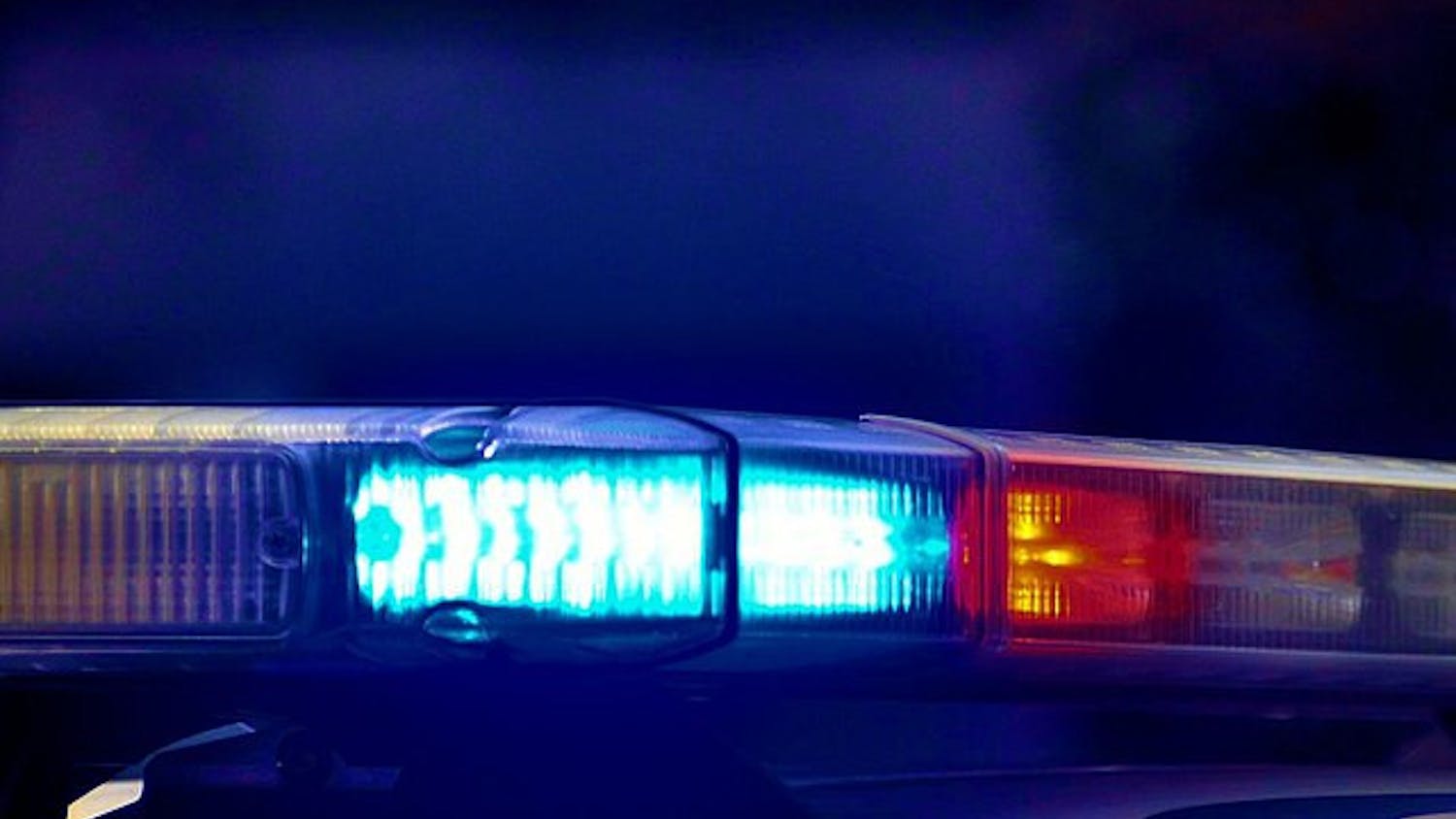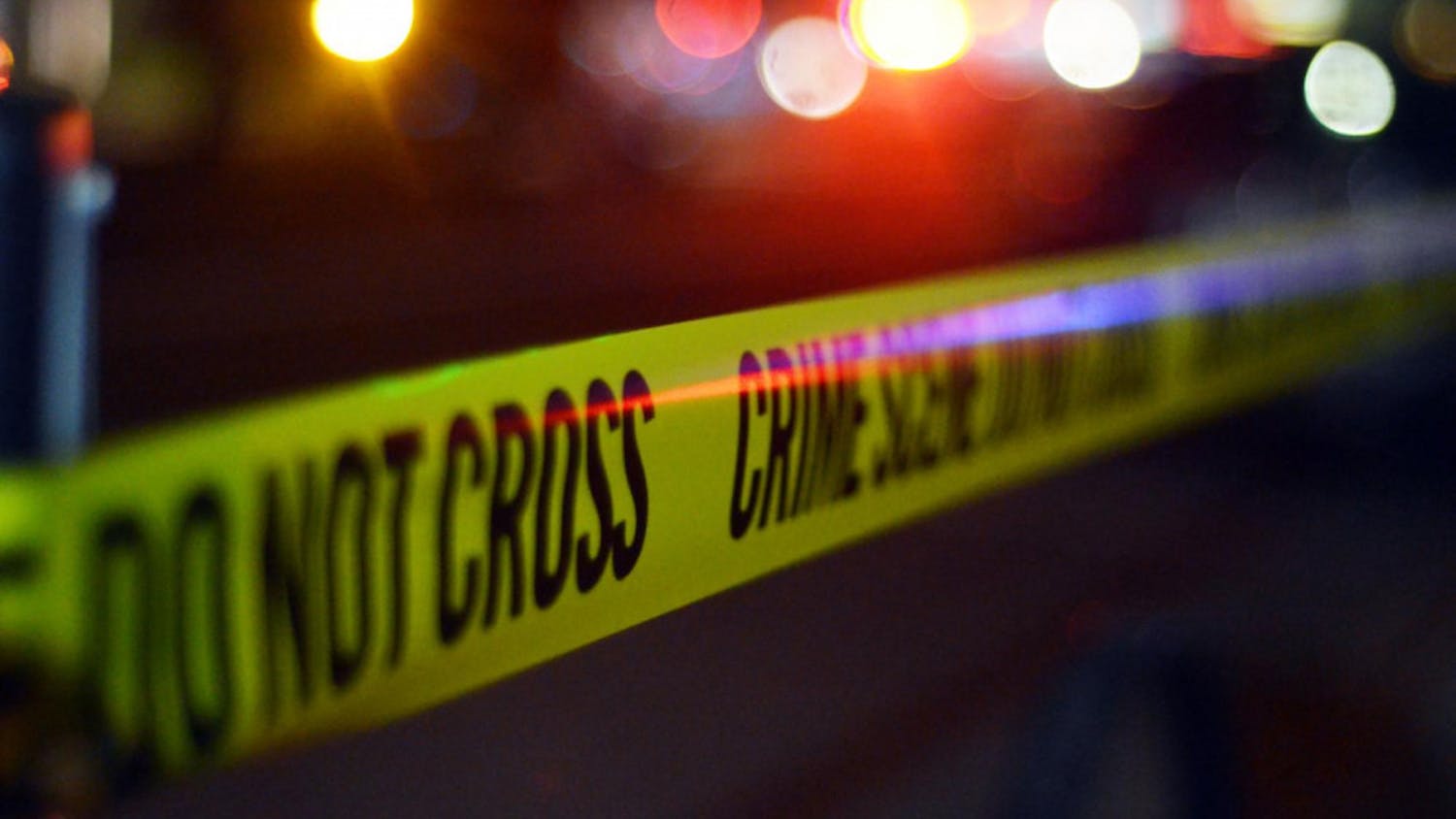Facebook has fallen out of favor with me. Between endless streams of Ice Bucket Challenge videos and depressing life updates I otherwise would’ve forgotten about long ago, I only have one reason to visit the website anymore: to see whatever the latest BuzzFeed post is, scoff at it and then read it intently.
It was during one of these spirals of boredom and hypocrisy that I first found out about Undercover Colors. The startup and its founders were featured in one of BuzzFeed’s recent articles.
The founders of Undercover Colors are undergraduate engineering students at North Carolina State University. The underlying concept itself is simple, but also highly innovative. The students are designing nail polish that changes color when it comes into contact with common drugs used to facilitate sexual assault such as Rohypnol (roofies), GHB and Xanax. The product is essentially an inconspicuous and convenient drink testkit.
Undercover Colors isn’t the first product that’s been created to detect date rape drugs. Tumblers, coasters and other common drinkware have all been engineered to help their users avoid assault. But this is the first that doesn’t need to be carried around with the user.
Undercover Colors has emerged at a time when the disgraceful prevalence of sexual assault on college campuses is coming to national attention. The White House even organized a task force to deal with campus sexual assault in January.
The panel found that one in five college women will be sexually assaulted during their time as students. In the state of Florida, the number is one out of six: a modest improvement, but not nearly good enough.
In 2013, 107 instances of forcible rape were reported in Alachua County. Given that each individual act of rape is a horrendous and disgusting crime, this grim statistic shows that there is a lot of work to be done.
Undercover Colors isn’t perfect, and the product has encountered some valid criticism. Some anti-sexual assault advocates argue that the product places an undue burden on the potential victim. Rather than preventing sexual assault by controlling the behavior of would-be rapists, Undercover Colors is one of many seemingly inexhaustible solutions to sexual assault that require women to alter their own behavior.
Don’t walk alone at night. Don’t wear revealing clothes. Don’t accept drinks from guys—but if you do, paint this on your fingernails first. As one feminist writer put it, “Personally avoiding sexual assault — or one particular, rather uncommon type of sexual assault — is not the same as preventing sexual assault.”
There are other problems. As hinted in the quote above, drug-facilitated rapes make up an extremely small percentage of rapes overall. Even then, the drug most commonly used in these rapes is alcohol, which seems counterintuitive given that the nail polish is meant primarily to test alcoholic drinks.
In addition, pinning responsibility on the victim may actually lead to more victim blaming when sexual assault does occur. “This wouldn’t have happened if you were wearing Undercover Colors,” some will inevitably say.
These issues are important to keep in mind, but these arguments will be fully valid only in theory until the ideological framework that has allowed rape to pervade our society is dismantled.
I agree with the criticisms of Undercover Colors. But I also realize that the problem of sexual assault and rape in our society is far from being resolved.
There is still a terrifying number of men in this country harassing, assaulting and raping women. And I support anything that might be able to stop them.
Alec Carver is a UF sophomore. His columns appear on Thursdays.
[A version of this story ran on page 6 on 8/28/2014 under the headline "Undercover Colors: genius or misguided?"]




